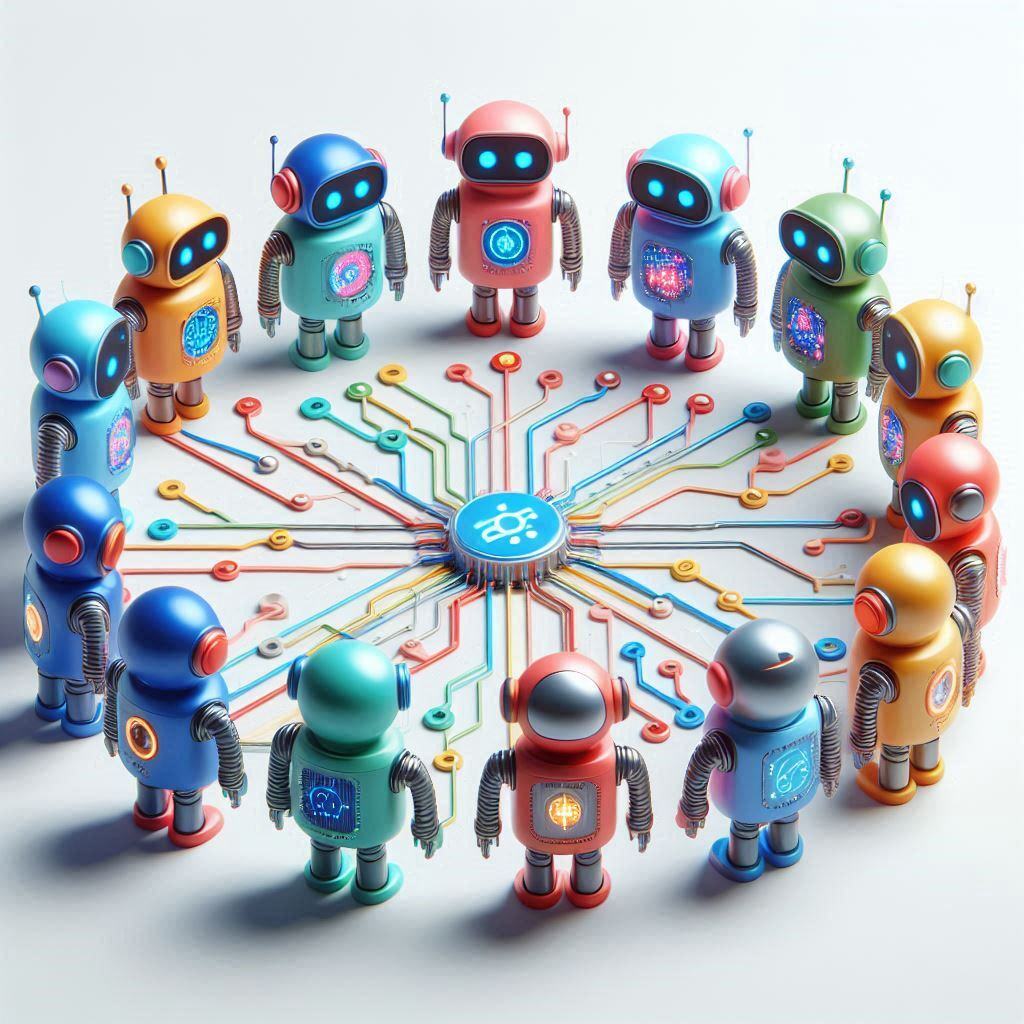Anatomy of an AI Multi-Agent
In the previous parts of our AI Multi-Agent series, we explored why ChatGPT alone does not constitute true AI and how to build a simple “Poor Man’s...
Explore the key differences between Agentic AI and Generative AI, and learn how to leverage both for business efficiency and creativity.
Artificial intelligence (AI) is transforming industries, offering solutions that range from automating repetitive tasks to generating entirely new content. Two prominent types of AI, Agentic AI and Generative AI, have gained traction due to their unique capabilities. Understanding how they work and when to use them is critical for businesses looking to optimize operations or create innovative content. In this blog, we’ll explore the core differences between Agentic AI and Generative AI, and how both align with Integrail’s mission of automating complex workflows and scaling AI-driven business operations.
Agentic AI focuses on the creation of autonomous agents that perform tasks, make decisions, and adapt based on real-time inputs. These agents can work independently or as part of a larger multi-agent system, communicating and collaborating to accomplish more complex objectives. In business, Agentic AI is most useful in environments that require automation, optimization, and task management.
Generative AI, on the other hand, specializes in the creation of new content. Whether it’s text, images, music, or code, Generative AI models are designed to produce original outputs by learning from patterns in existing data. While Agentic AI focuses on task execution and optimization, Generative AI’s strength lies in its ability to innovate and create new assets that align with user input or prompts.
Understanding the differences between these two AI types helps businesses decide which is best suited to their needs. Here’s a comparison of how they function:
Though they are often viewed as distinct, Agentic AI and Generative AI can work in tandem within multi-agent systems. This is particularly relevant for businesses that need both creative content generation and real-time decision-making.
For instance, in a marketing automation platform, Generative AI can create content like email campaigns or social media posts, while Agentic AI manages the workflow, optimizes the timing of posts, tracks performance, and adjusts the campaign based on real-time feedback. This synergy allows businesses to scale both their creative output and operational efficiency.
Agentic AI is highly effective in customer service environments where AI agents can handle a large volume of queries, provide solutions, and route complex issues to human representatives when necessary. These agents can operate 24/7, significantly reducing wait times and improving customer satisfaction.
In human resources, Agentic AI can automate recruiting processes, such as screening resumes, scheduling interviews, and tracking employee performance. By automating these repetitive tasks, HR teams can focus more on strategic goals like employee development.
In supply chain logistics, multiple AI agents can manage different aspects of the process — one can monitor stock levels, another can optimize shipping routes, and yet another can predict future demand. Together, these agents ensure a smooth and efficient supply chain.
Generative AI is widely used in content creation for marketing campaigns. It can generate blog posts, product descriptions, and ad copy at scale, helping businesses maintain consistent and personalized messaging across multiple platforms.
In industries like fashion, architecture, or product design, Generative AI models can produce multiple design concepts based on existing trends or customer preferences, speeding up the prototyping process and reducing time to market.
Generative AI can assist developers by generating code snippets, debugging errors, and even suggesting improvements to existing code. This allows development teams to work faster and more efficiently.
When deciding whether to implement Agentic AI or Generative AI, consider your primary business needs:
If you need automation and optimization of processes, such as workflow management, customer service, or logistics, Agentic AI is the best solution. It’s designed to make real-time decisions and execute tasks with minimal human oversight.
If you need to produce content at a lower scale, such as one time marketing materials, product designs, or software code, Generative AI could be more efficient. Its strength lies in its ability to generate original outputs based on the data it has learned from.
However, businesses often benefit from using both types of AI in tandem. A marketing automation system, for example, could use Generative AI to produce campaign content and Agentic AI to manage the distribution, performance tracking, and optimization of those campaigns.
At Integrail, we understand that businesses don’t have to choose between Agentic AI and Generative AI. Our platform integrates both, allowing companies to automate their workflows while generating the content they need to fuel those processes. By leveraging both types of AI within a multi-agent system, Integrail enables businesses to scale their operations, improve decision-making, and maintain a competitive edge.
Integrail’s value proposition is clear: automate business workflows, enhance operational efficiency, and generate creative content — all in one streamlined platform. Whether you need to automate a marketing campaign, optimize supply chains, or generate personalized content, Integrail’s solutions empower businesses to operate smarter and more efficiently.

In the previous parts of our AI Multi-Agent series, we explored why ChatGPT alone does not constitute true AI and how to build a simple “Poor Man’s...

Artificial Intelligence (AI) is transforming industries by automating complex tasks and improving decision-making processes. When implementing AI,...

Multi-agent workflows are revolutionizing artificial intelligence (AI), enabling complex problem-solving and operational efficiencies across various...
Start your journey with Integrail

Try AI Studio by Integrail FREE and start building AI applications without coding.

NEW White Paper: Discover how AI Studio accelerates your workflows